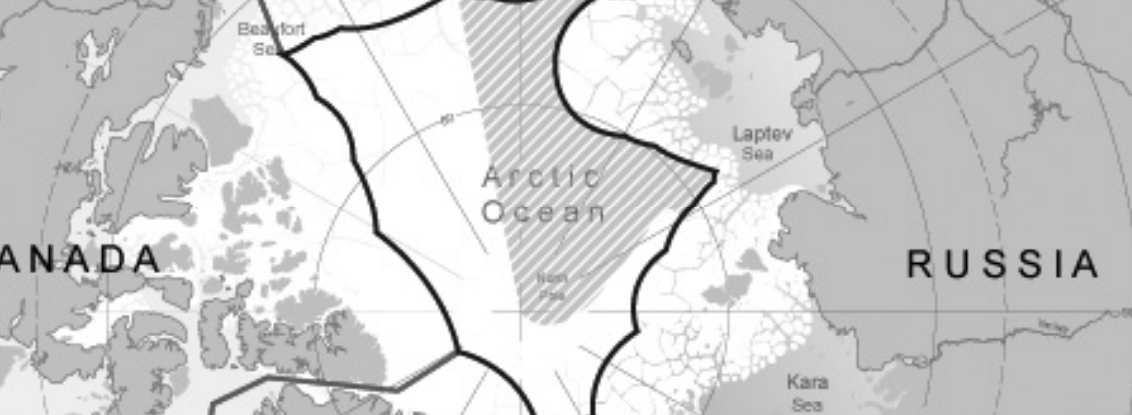The Scramble for the Arctic
Beneath the icy surface of the Arctic lies a treasure trove of approximately $11 trillion in undiscovered natural resources, including oil, iron and diamond. Climate change is expected to fully melt Arctic ice by 2050, opening the door for resource extraction and creating new, cost-effective shipping routes between Asia and Europe. The countries bordering the Arctic Circle, collectively known as the Arctic Eight (The United States, Canada, Russia, Denmark via Greenland, Iceland, Sweden, Norway, and Finland), are vying not only for these valuable resources but also for control over the strategic shipping lanes in the region.
While no specifiarcc territorial claims have been made, a geopolitical scramble is underway. Russia and NATO countries lead the charge, challenging each other’s sovereignty in the area. The United Nations Convention on the Law of the Sea dictates that states have exclusive access to resources within 340km of their coastlines, known as Exclusive Economic Zones. For any claims beyond this limit, a country must provide proof of a physical connection between the seabed and that country’s continental landmass. In 2007, Russia made headlines when it commissioned two submarines to dive below the North Pole’s ice, controversially planting a Russian flag on the seabed, and staking a claim to the territory.
Naturally, the remaining states of the Arctic Eight responded with derision, and they went to the U.N. to challenge Russia’s claims. They demanded alternate methods of determining ownership over Arctic territory. One suggestion that the UN put forth involves dividing the Arctic into equal slices extending from the pole to national borders. Another potential solution implies adding an additional 340km to EEZs, extending a state’s control even farther beyond its borders. However, the Arctic Eight have yet to reach a consensus and likely won’t any time soon.
In the meantime, states have implemented informal measures to expand their control. Since 2007, Russia has reopened at least 50 Soviet-era bases in the area. In 2018, NATO sent two Aircraft carriers through the Arctic circle, marking the first time since the Cold War that British and American warships re-entered the Bering Sea. Commander of these operations, U.S. Vice Admiral Lisa Franchetti, commented “In these challenging times, it is more important than ever that [NATO] maintains its steady drumbeat of operations across the European theater.” She added that NATO “remains committed to promoting regional security and stability while building trust and reinforcing a foundation of Arctic readiness,” demonstrating a steadfast commitment to expanding NATO’s control in the Arctic. While China is located 1,500km south of the Arctic, powerful state and firm actors in Beijing hold a significant interest in seeing their economic ally, Russia, maintain control so that they have access to lucrative shipping routes.
Currently, a ship leaving China would typically reach Europe by going through the Indian Ocean, past the Suez Canal between Egypt and Yemen, and docking in the Mediterranean. This trip takes an average of 29 days and covers approximately 20,000 km. If China shipped goods through the Arctic, it would only take 10 days, fuel costs would be reduced by half, and firms would save millions in transport costs in the long run. Thus, it is vitally important to Chinese actors that they be given access to Arctic shipping routes.
A compromise between Russia, China and the NATO countries is the optimal solution. However, as Putin continues Russia’s war against the Ukrainian people, NATO and the national governments of the West are unlikely to cooperate. Economic pressure from China on Russia designed to force Putin out of Ukraine could alter this dynamic. It could even open avenues for negotiation between East and West.
The Arctic is emerging as a crucial case for understanding Sino-Russian relations moving forward. As the icy landscapes thaw, the geopolitical climate in the Arctic is heating up, with massive implications for global politics and economic interests.




[…] potential flashpoint is the Arctic: as ice recedes, untapped oil, gas, and mineral deposits become more accessible, and circumpolar […]
[…] emerging hotspot for underwater natural resources, though of a somewhat different character. The Arctic Ocean and its adjacent seas hold not only significant oil and gas reserves but also mineral deposits on […]